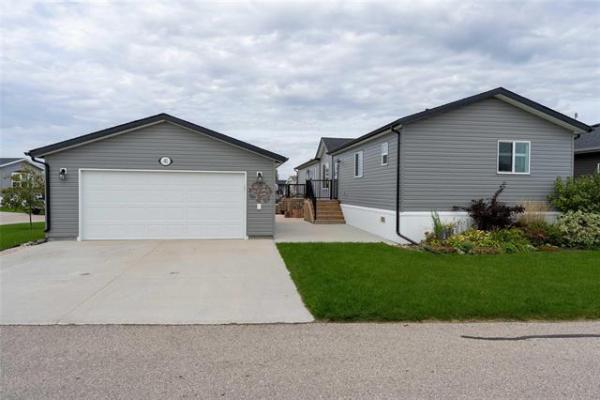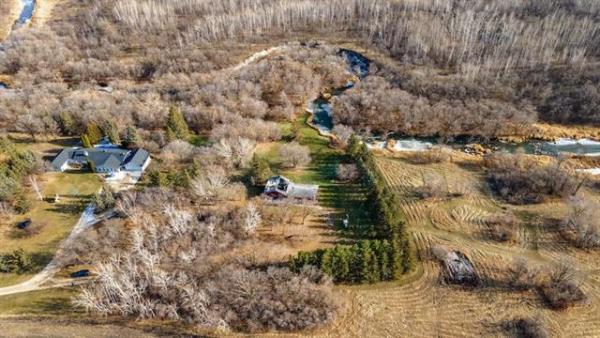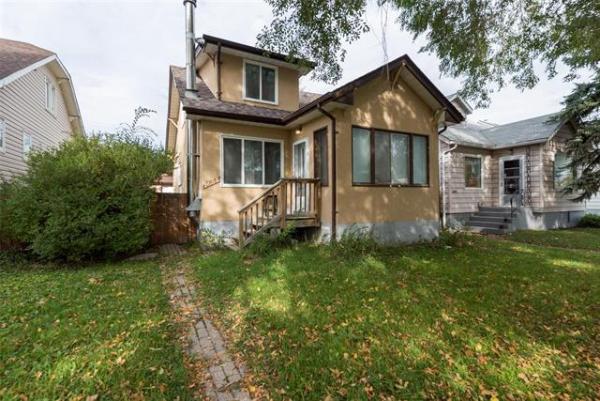Question: I am preparing to add more blown-in insulation to my attic. I have added baffles for air flow from my soffits where possible, but, in some areas, there is no opening down to the soffit between trusses. In these areas, I questioned myself on allowing the insulation to touch the underside of the roof deck. After much searching on the Internet, one of your articles provided me with a very clear answer; thanks!
However, I have another question that I hope you will be able to help me with. I am topping up my insulation to 16 inches. Is it OK for it to be touching the gable ends of my roof? Or, should I create a gap with some baffles? I do have a vapour barrier under the insulation.
Greg Hill
Answer: Yes, it is that time of year again to address attic-insulation issues, and you have asked a very straightforward question on a rarely addressed issue.
Location of insulation in an attic is critical to maintaining a dry and well-ventilated space and ensuring the insulation covers the entire attic floor, even along the gable ends, is an important feature of a well-done attic.
As the leaves turn colour and begin to descend from the trees, many homeowners are reminded of their high heating bills from the previous winter, and thoughts move to improving energy efficiency in their home. Other than caulking or sealing old windows and doors, increasing attic insulation is often the quickest and least expensive option for reducing these costs. It also comes with the added benefit of making the home more comfortable and may be eligible for government-sponsored grants. So, increasing attic insulation in a home that has not been upgraded for a long time makes good sense, but like any home upgrade, care must be taken to do it correctly.
You have reminded readers of one of the many columns I have written on this subject but I cannot recall anyone inquiring with such a specific request. For those readers who don't fully understand the question, the gable ends of an attic are the triangular sections at the ends of that style of home, which are above two walls perpendicular to the sloped portions of the roof. A home where the roof slopes down to all the walls, or a hip roof, will not have gable ends. In the attic, the inside of these gable ends is seen as the backside of the wall sheathing behind the siding. At the bottom of these gables are the tops of the exterior walls of the home. The question relates to this area and whether it should be insulated or not.
The answer to your question is a simple yes. The easy way to explain this is any vertical wall or area that is insulated in the home should be covered with insulation in the attic. Since the gable ends are on top of the exterior house walls, which should be fully insulated, continuing the thermal barrier in this location is a must. This does differ from the soffits on the adjacent sides of the attic, as these are not insulated beyond the top plate of the exterior walls. That is why soffit areas should not, be insulated. In those locations, we should try to avoid over-insulating to allow maximum airflow through the vented soffits. We normally do this by installation of baffles, or air chutes, as mentioned in your inquiry.
The main item that may be causing your confusion is why we are allowing the insulation to touch the wall sheathing at the gable end when we don't want it to touch the underside of the roof sheathing at the other sides of the attic.
The discrepancy is that it is not the contact of the insulation with the sheathing that is the problem at the other sides, but what that shows us. If the insulation is touching the roof sheathing inside the soffits, it may partially or completely block airflow through soffit vents, which is very important to prevent frost and moisture buildup in the attic. Contact between attic insulation and sheathing is not a problem, but at the sloped edges of an attic it may cause serious moisture issues.
Warm air that does sneak into the insulation in that area from the home may not be able to escape and can condense. When it get really cold outside, this will cause frost to form inside the insulation, which will melt and cause damage in the spring. At the gable ends, there is nothing on top of the insulation, so any trapped air should be able to escape to the wide-open attic above.
In fact, poorly insulated or sealed attics and exterior walls can often have significant frost forming on the inside of the gable ends above the insulation. Adding more high-quality insulation in this area should help prevent that from occurring.
Maintaining continuity of the insulated walls in the home up through the attic floor, and beyond, should guide your insulation upgrades. Air chutes will not be required at the gable ends, unlike the areas inside the soffits, because there is no risk of blocking cold exterior air intrusion, which is critical for maintaining good airflow through the attic.
Ari Marantz is the owner of Trained Eye Home Inspection Ltd. and the past president of the Canadian Association of Home & Property Inspectors -- Manitoba (cahpi.mb.ca). Questions can be emailed to the address below. Ari can be reached at 204-291-5358 or check out his website at trainedeye.ca.
trainedeye@iname.com.



